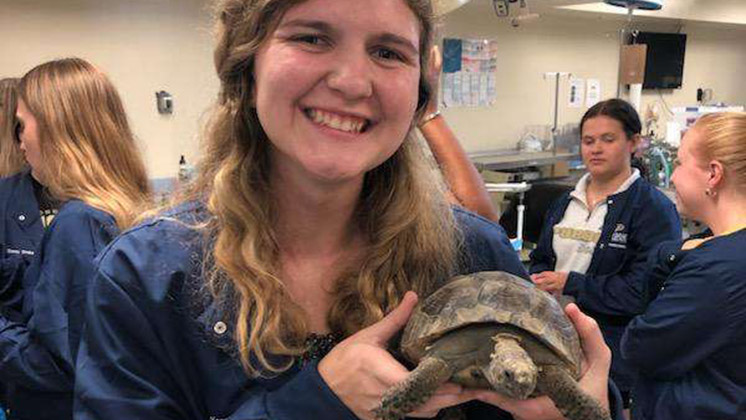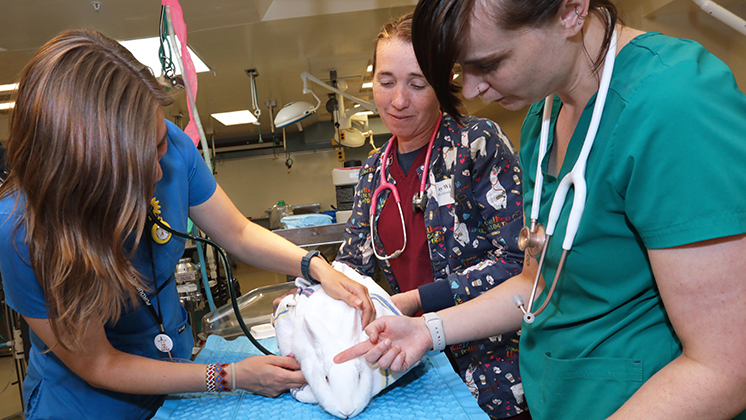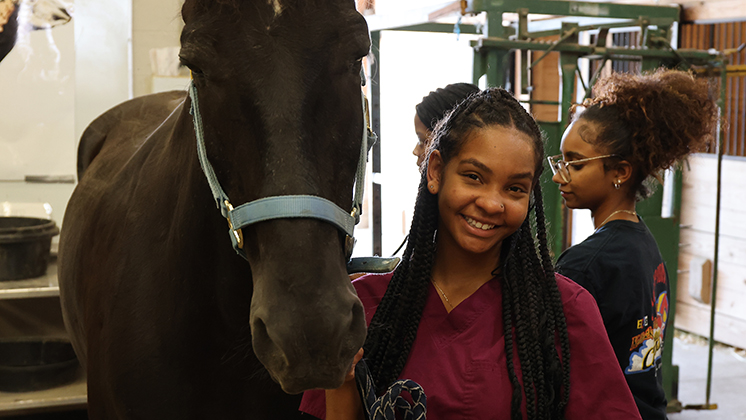
by Kelsey Wirt, MS, LVT and Josh L. Clark, MS, RVT
Veterinary technicians/nurses are often perceived as professionals who primarily interact with animals, providing medical care under the supervision of a veterinarian. While their roles do involve a significant amount of direct animal care, there's a substantial human element to their job that is sometimes overlooked. This article highlights the importance of people and communication skills in the veterinary technology profession, underscoring that excellence in the field requires much more than just a love for animals.
One of the primary responsibilities of veterinary technicians is to act as a bridge between veterinarians and pet owners. Vet techs must be able to educate clients regarding their pet’s medical needs in a way that is easy to understand by those without a medical background. This not only involves explaining diagnoses, procedures, and medications but also providing comfort and reassurance to worried pet owners.
Dealing with sick or injured animals can be an emotionally charged situation for pet owners. Veterinary technicians must be able to read the emotional states of the pet owners they interact with, providing support and understanding during stressful times. This emotional labor is a crucial part of the job, requiring vet techs to manage their own feelings while offering empathy to others.
Veterinary technicians work closely with veterinarians and other veterinary staff in a fast-paced environment. This demands excellent teamwork and collaboration skills, as they must effectively communicate and coordinate with others to ensure the best possible care for the animals. Teams are often made up of a variety of personalities that may clash, so learning how to work well with others is an indispensable skill for a vet tech.
Not every interaction in a veterinary setting is straightforward or positive. Veterinary technicians may encounter situations where they have to manage conflicts or handle difficult conversations, whether it's about a disagreement with a coworker, financial concerns, treatment options, or dealing with the loss of a pet. The ability to navigate these conversations tactfully and find solutions that respect the needs and feelings of all parties involved is a critical skill for any vet tech.
The field of veterinary medicine is always evolving, with new treatments and technologies constantly emerging. Vet techs must be committed to continuous learning. Even if you’ve worked in the field for many years, there is always more to learn. This involves obtaining continuing education in veterinary related skills and overall professionalism such as leadership, management, and communication.
While many people enter the field because they love animals, the role of a vet tech is deeply intertwined with human interactions. It is the combination of these people skills with technical veterinary knowledge that makes veterinary technicians integral to the animal care profession. Their role is not just about providing medical care to animals but also about supporting and educating pet owners.
Find your calling as a Purdue Veterinary Nurse!
Not quite ready to apply? Connect with us to learn more.

Discover the typical length of veterinary technician and nursing programs, from associate's to bachelor's degrees, and factors that impact program completion times.
Read more
Delve into the distinct roles of veterinary technicians and veterinary assistants in animal healthcare. Highlighting differences in education, job duties, scope of practice, and compensation, this guide offers a clear comparison to help aspiring professionals choose their best-fit career path in veterinary medicine.
Read more
Become a Registered Veterinary Technician in Indiana by earning an AVMA-accredited degree, passing the VTNE, completing state credentialing requirements, and maintaining continuing education, with promising job opportunities in clinics, research, and specialized animal care.
Read more